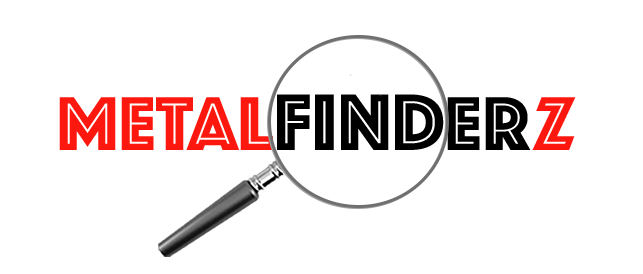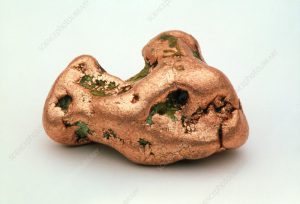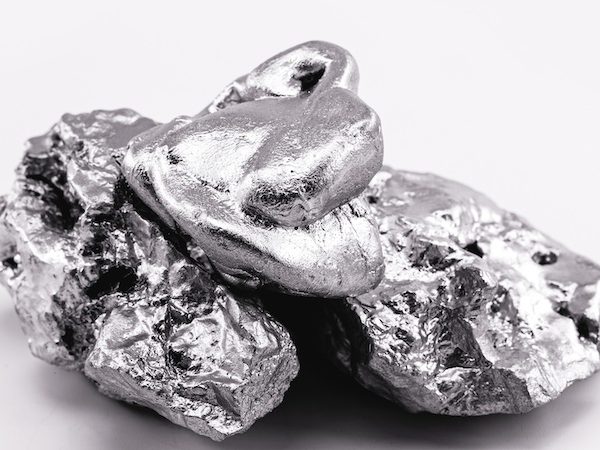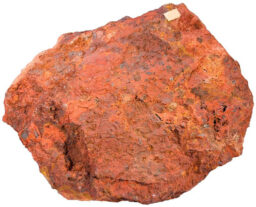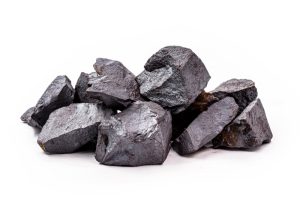Origin:TANZANIA 🇹🇿
Percentage (9% to 10%)
Price: TBC
Nearest port: Mtwara port or Dar es Salaam
Available quantity:1200MT
Monthly supply capacity:5000MT
Beryllium: A Rare and Strategic Metal
Beryllium, a lightweight yet strong metal, possesses unique properties that make it valuable for various high-performance applications. This rare earth element is found in nature primarily in the mineral beryl, often associated with other minerals like quartz and feldspar. While beryllium is relatively abundant in the Earth’s crust, its extraction and processing are complex, leading to its limited availability and high price tag.
Key Source Countries and World Output Volumes
Global beryllium production remains relatively small compared to other metals. Estimates suggest that annual world output hovers around 200-300 metric tons (Mt), concentrated in a few key countries:
- United States: The leading producer, accounting for roughly 50% of global output, with major operations in Utah.
- China: A rapidly growing producer, with significant reserves and increasing production capacity.
- Brazil: A significant producer, but facing environmental and regulatory challenges.
- Other producers: Madagascar, Russia, and India contribute smaller amounts to global production.
The limited number of producing countries and potential supply disruptions can significantly impact market stability and pricing.
Major Producers and Market Share
Due to the concentrated nature of beryllium production, a few key players dominate the market:
- Materion Technologies: A US-based company with extensive beryllium processing and fabrication capabilities.
- Brush Wellman: Another major US player involved in beryllium mining, processing, and product development.
- China National Nonferrous Metals Group Corporation (CNMC): A Chinese state-owned enterprise with a growing presence in the beryllium industry.
- Other producers: Smaller companies in the US, China, and other producing countries contribute to the overall market share.
These major players control a significant portion of the global beryllium supply chain, influencing market dynamics and pricing.
Forms of Beryllium Trade
Beryllium is traded in various forms, depending on its intended use:
- Beryl ore: The primary source of beryllium, mined and processed to extract the metal.
- Beryllium oxide (BeO): A ceramic material with high thermal conductivity and electrical resistivity, used in various applications.
- Beryllium alloys: Combining beryllium with other metals for specific properties like strength and lightweight characteristics.
- Beryllium metal: The pure form of the metal, used in specialized applications requiring its unique properties.
The specific form chosen depends on the desired properties and application requirements.
Price Trends (Past 5 Years)
Beryllium prices are notoriously volatile due to its limited supply and high demand in specialized industries. Here’s a general overview of price trends over the past five years:
- 2018-2019: Prices experienced a slight decline due to a temporary slowdown in demand from key sectors.
- 2020-2021: Prices rebounded significantly as demand recovered and supply chain disruptions emerged.
- 2022-present: Prices have continued to rise due to ongoing supply constraints and increasing demand from aerospace and defense sectors.
Monitoring price trends and understanding market dynamics is crucial for informed trading decisions.
Major Importing and Exporting Countries
The major importers of beryllium are countries with strong aerospace, nuclear, and defense industries:
- United States: The largest importer, driven by its robust aerospace and defense sectors.
- China: A rapidly growing importer due to its expanding nuclear and defense programs.
- European Union: Collectively a significant importer, with Germany and France leading the demand.
The major exporting countries are those with established beryllium production capabilities:
- United States: Exports a significant portion of its beryllium production to meet global demand.
- China: Exports are increasing as production capacity expands.
- Brazil: Exports beryllium ore and processed products.
Understanding the import and export dynamics helps identify potential trading opportunities and market trends.
Other Important Aspects for International Traders and Buyers
- Strategic Importance: Beryllium is considered a critical and strategic material by many governments due to its vital applications in national security and advanced technologies. This can influence trade policies and regulations.
- Environmental Concerns: Beryllium mining and processing can have environmental impacts, and responsible sourcing practices are becoming increasingly important for buyers.
- Strict Regulations: Beryllium is classified as a hazardous material due to its potential health risks, requiring careful handling and adherence to stringent safety regulations throughout the supply chain.
- Technological Advancements: New technologies and recycling initiatives are being explored to improve beryllium extraction efficiency and reduce environmental impact.
Considerations for Traders
- Market Volatility: Beryllium is a highly volatile market due to limited supply and fluctuating demand. Traders need to be prepared for price fluctuations and potential supply disruptions.
- Long-Term Relationships: Building strong relationships with producers and suppliers is crucial for securing reliable sources and favorable trading terms.
- Technical Expertise: Understanding the different forms of beryllium, their properties, and specific application requirements is essential for effective trading.
- Regulatory Compliance: Traders must comply with strict regulations governing the handling, transportation, and trade of beryllium to avoid legal and safety issues.
By understanding these key aspects of the beryllium market, international traders and buyers can navigate the complexities of this strategic metal and make informed decisions to optimize their trading activities.
